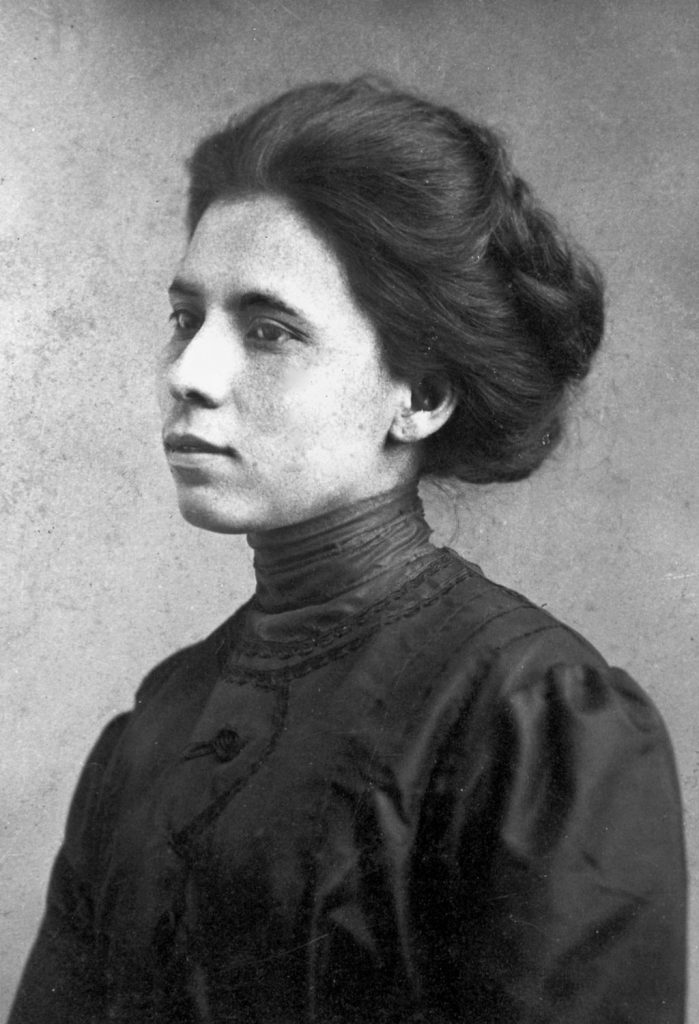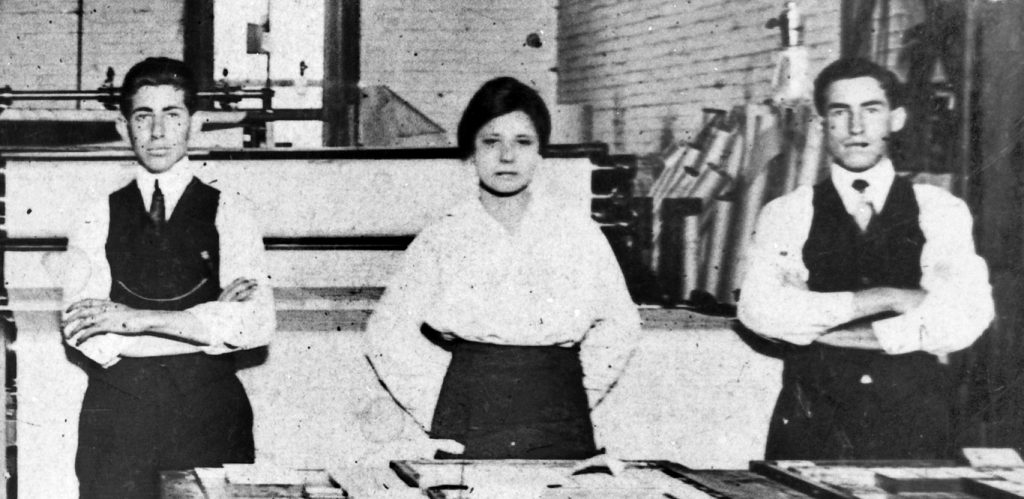Originally Published 05/08/17
Nicole Sintetos and Katie Vogel discuss the forthcoming student-centered curriculum “The Life of Jovita Idar.”

At every level of education, the development of curriculum is an act of political negotiation, in which some voices are privileged over others. The violence along the US-Mexico border in the early 1900s is absent from most mainstream US history curriculums. Following Refusing to Forget’s successful exhibit, “Life and Death on the Border, 1910-1920” at the of the Bullock Texas State History Museum, local public school educators inquired how this content could be adapted to reach middle and high school students.
In spring 2016, Katie Vogel, Brown University master’s student in Public Humanities, began working alongside Professor Monica Martinez to create a dynamic, student-centered curriculum in anticipation of the unveiling of the Webb County historical markers. Coming from a background in history museum education, Katie is committed to creating curriculum that sheds light on how history informs the present. She was soon joined by undergraduate concentrator in Education and Ethnic Studies, Ricardo Jaramillo, who helped to push forward the project with creative approaches to integrating primary source materials and centering student voices.
Nicole Sintetos joined the project in the spring of 2017 to provide support in the final stages of the curriculum design. As a former high school teacher and a current graduate student in Brown University’s American Studies doctoral program, she welcomed the project as an example of how important research that considers the role of racialized violence in US history can—and should—reach a larger public.
The forthcoming curriculum on “The Life of Jovita Idar” is but one example of the work educators are doing to contextualize difficult moments in history within K-12 classrooms. The finalized curriculum will be a 4-day unit centered around the life and activism of Jovita Idar and is designed to challenge students to analyze interviews, photographs, political cartoons, and newspaper accounts to better understand this period in Texas history. The curriculum is meant to be flexible enough to shift with each classroom teacher’s needs and interests. Below is a loose scaffolding of what you can expect.
Day 1:
- Introduction to local history methods
- Overview of Jovita Idar’s biography
- Further context of the time period (including migration to South Texas, anti-Mexican violence, and railroad infrastructure)
- Introduction to reading digital maps and census data
- Critical analysis of newspapers as a tool to qualitatively explore local history
Day 2:
- The power of the press through the lens of Jovita Idar’s journalism
- Further work with newspapers as not only a source for learning about local history, but also as a tool for civic engagement and activism
- Close reading of photographs and political cartoons
Day 3 :
- Importance of oral histories and interviews as sources for local history
- Students will listen to an interview with Jovita’s brother, Ike Idar, about the Texas Rangers shutting down the Idar family’s press
- Introduction to the contested history of the Texas Rangers
Day 4 :
- Simulation of El Primer Congreso Mexicanista in which students consider local issues and activism in their own communities
- Scaffolding for a student op-ed and classroom newspaper project
The Refusing to Forget team looks forward to opportunities to collaborate with Texas teachers to make this curriculum, and its future iterations, the best it can be. Like all collaborative curriculum design projects, we celebrate feedback and will work to integrate your suggestions. The entire unit will launch on the website in early June.
Warmly,
Nicole Sintetos, nicole_sintetos@brown.edu
Katie Vogel, katie_vogel@brown.edu
Ricardo Jaramillo, ricardo_jaramillo@brown.edu
Brown University, 2017

